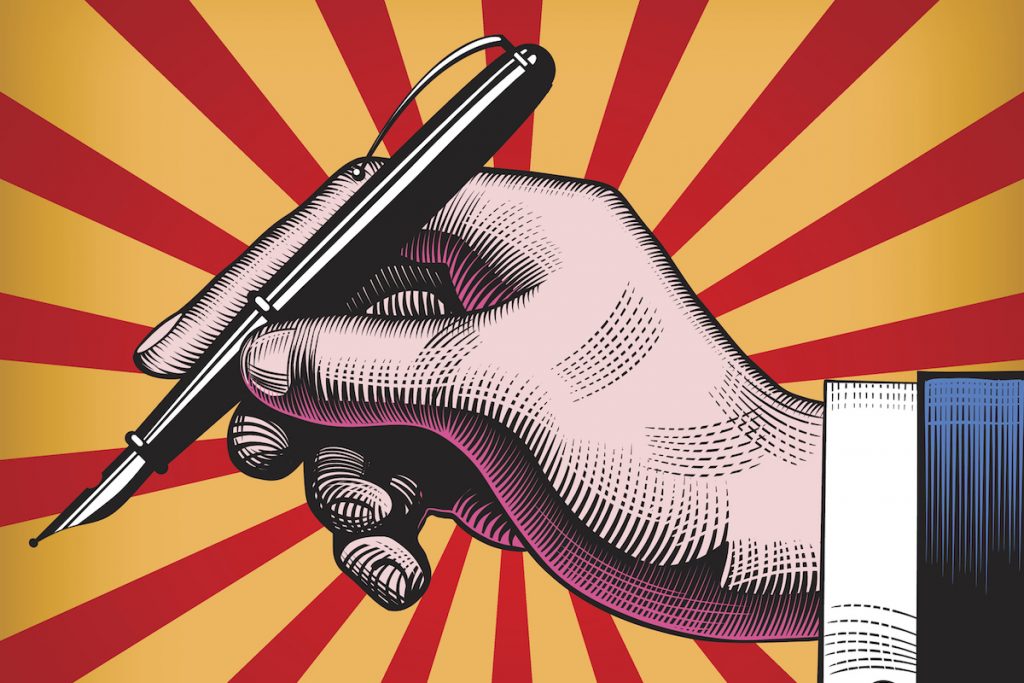I’ve said it before and I’ll say it again – journalists are busy. Planning ahead is essential if you want to see your event or story in print and on broadcast media platforms. Although traditional media is not the only way to get your story heard, it is often a crucial way to tell our client’s stories.
The media plan is a useful tool for connecting clients and busy journalists by outlining the steps that will be taken in the lead-up to the event. The media alert is a crucial milestone within the media plan. This page-long document (at most), contains key facts journalists will need to cover the story.
It is sent to media one or two days before the event, as a precursor to the media release which is sent on the day of the story. By sending the media alert in advance, it allows journalists to plan their time and editors to leave space for the story in the newspaper/magazine/website calendar.
When writing a media alert, it is essential to include the What, When, Where and Who of the event.
- What: Explain what is happening in one sentence. You can include more information later when the media release is distributed.
- When: Include the starting time as well as the end time so journalists know when they should arrive. Don’t forget the date.
- Where: Include as much detail as possible to avoid confusion in the lead up to the event – perhaps a Google maps reference.
- Who: Will any special guests or VIPs attend who will spark media interest? This could be an individual or group of people that journalists could interview to expand their event story, or who will be available for photographs.
Want to know how to innovate in the government communications space? Get the latest insights and ideas sent straight to your inbox. Click here to join the network.
Introductory paragraph
Write a four-sentence description at the top of the media alert outlining the story we have to tell. This should grab the media’s attention and convince them that they should attend. If they are too busy, this should persuade them that they should still cover the story once they have received further information from us.
Angle
Can you think about an angle for your story? You need to consider which part of your story journalists will be most interested in. A good way to establish this is the ‘pub test.’ Think about how you would explain your story to your friends at the pub – usually this is your angle.
Headline
You need to come up with an interesting headline. This should be something relevant to your story but should also grab the attention of journalists who often receive hundreds of emails a day. You don’t need to do journalists’ jobs for them – many of them will come up with their own headline. But you need to show them the potential your story has to make it into print.
Contact details
There’s no point in following the previous steps if there is no way for journalists to follow up with you. Include your mobile and office telephone number if possible, as well as your email address to ensure they can contact you if they are interested in finding out more.
Next steps
Here at contentgroup, we call targeted media within an hour of sending out the media alert to confirm they have received it and to establish if they are interested in covering the story. This enables us to plan for any journalists who want to attend as well as ensure that we can source any relevant information (i.e. pictures, news grabs, video or further written content) for those unable to come along.
Do you have any other ways to structure media alerts? Or do you prefer to stick just to media releases? Let us know what you think.
(Image credits: Allthingsd.com)
